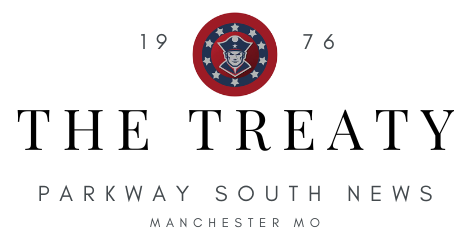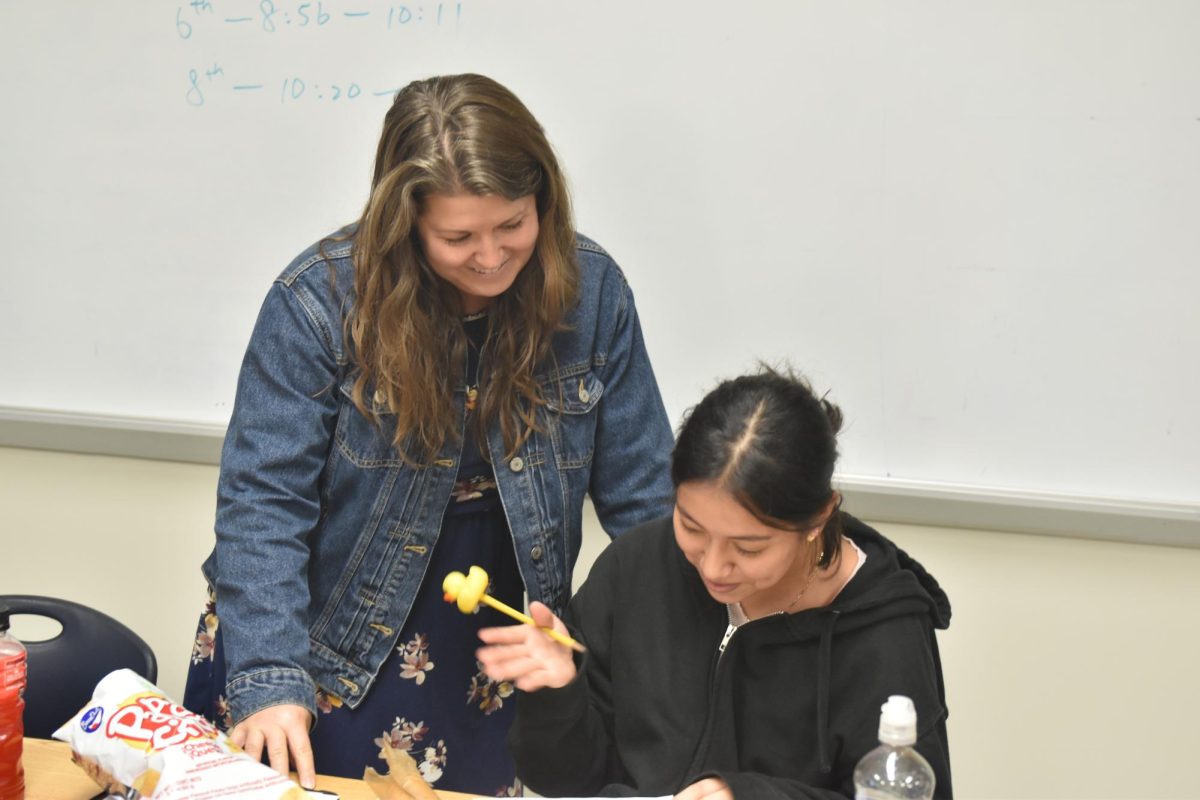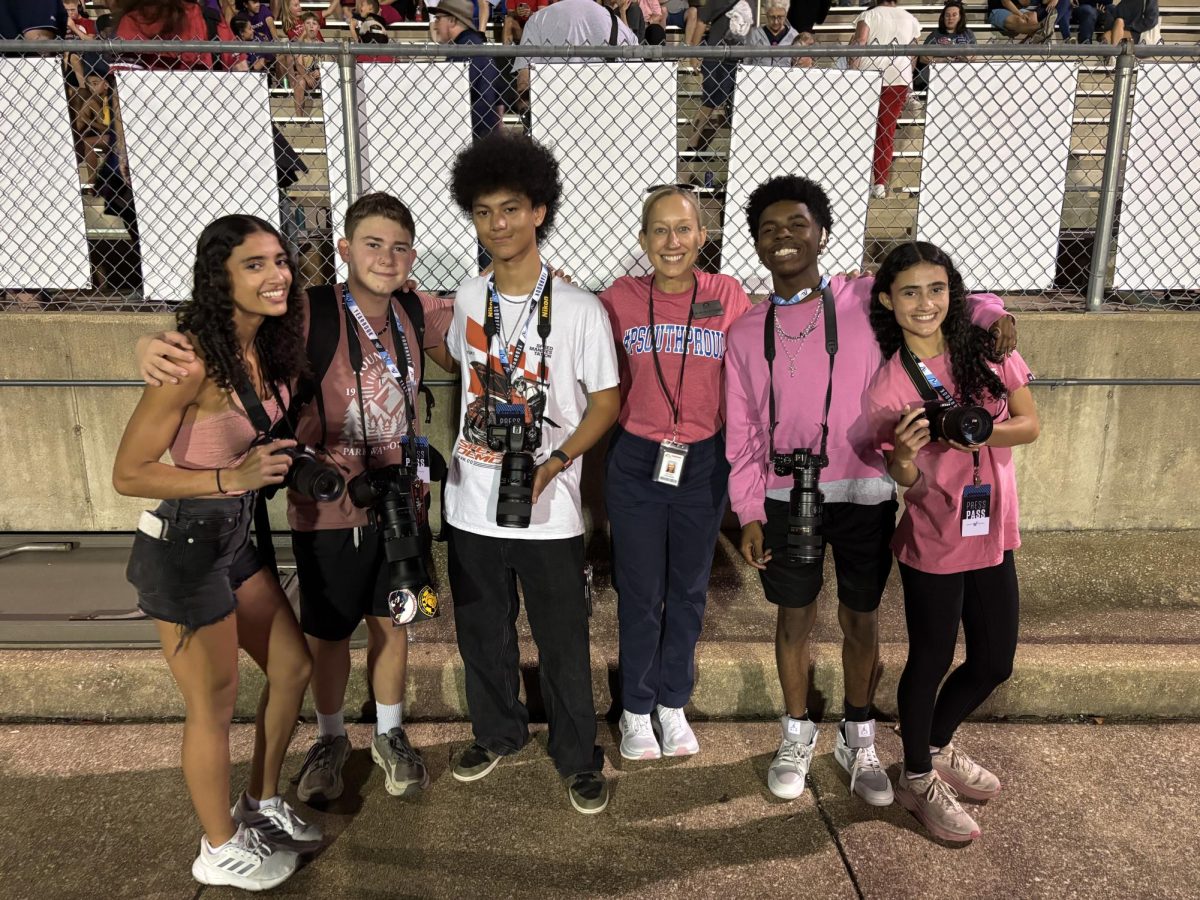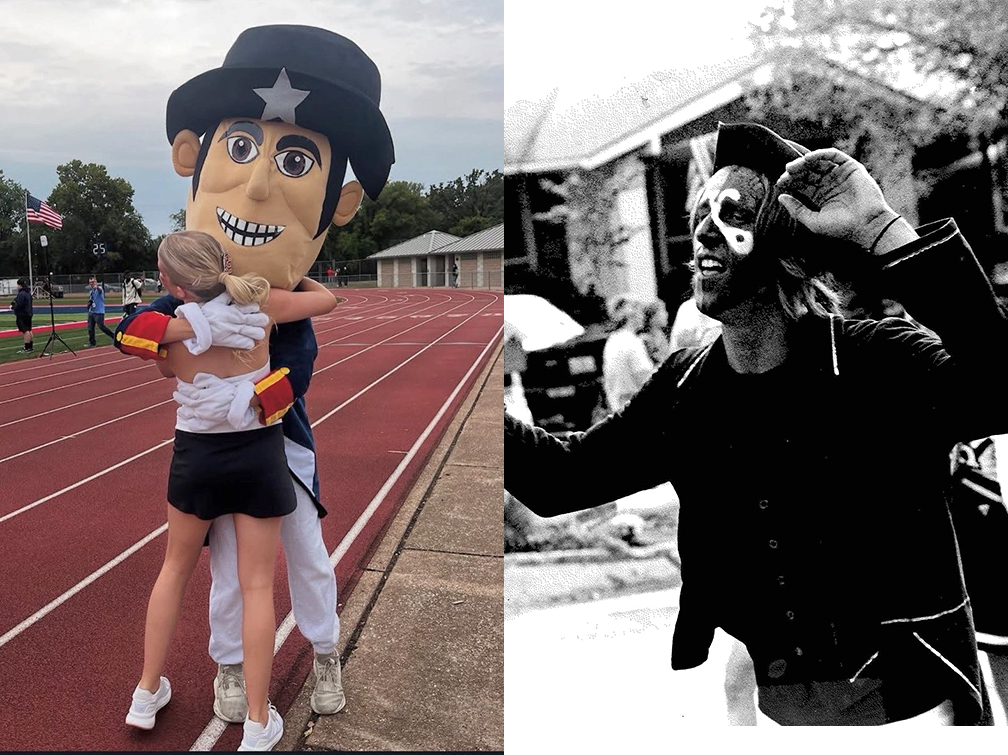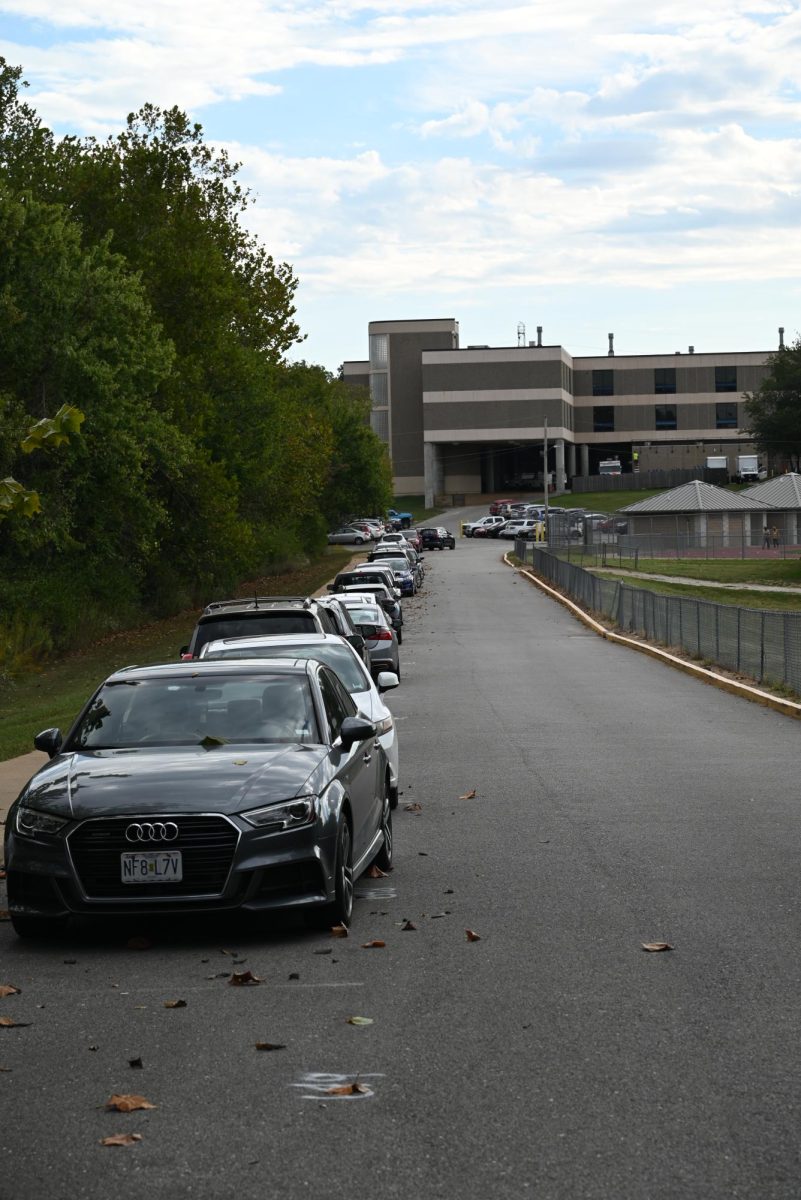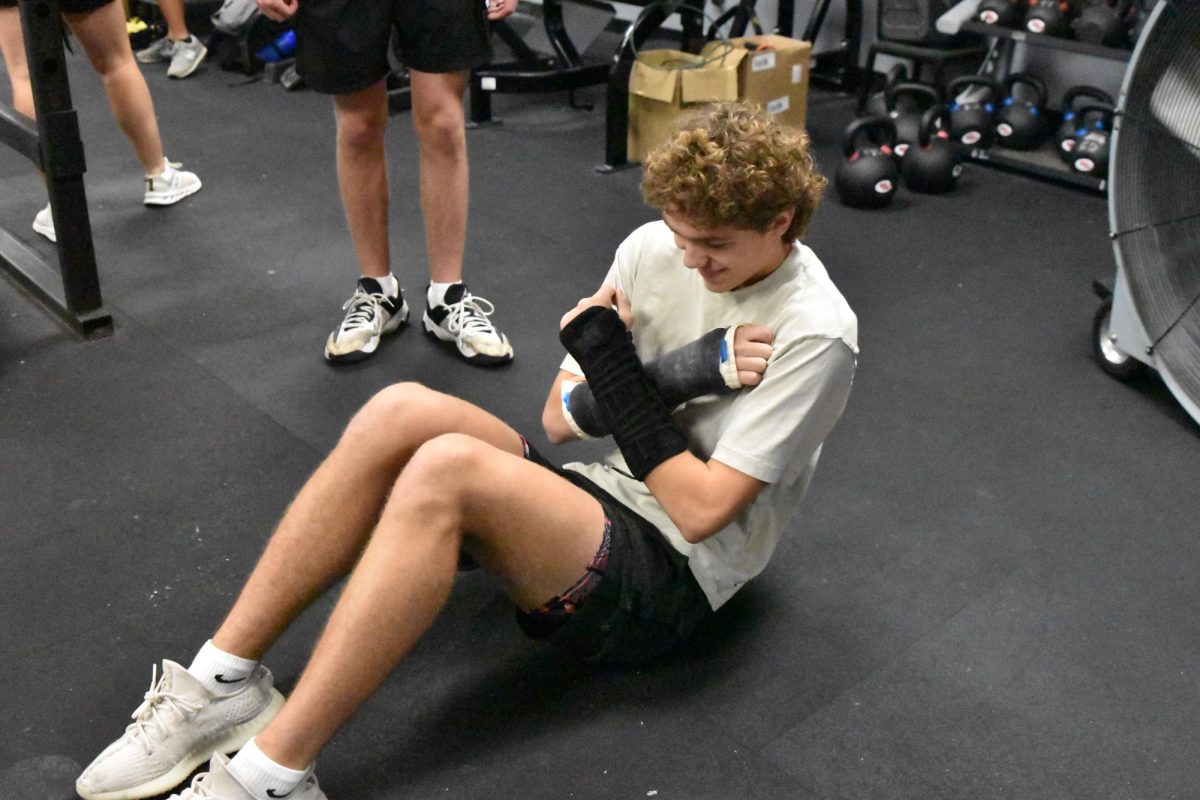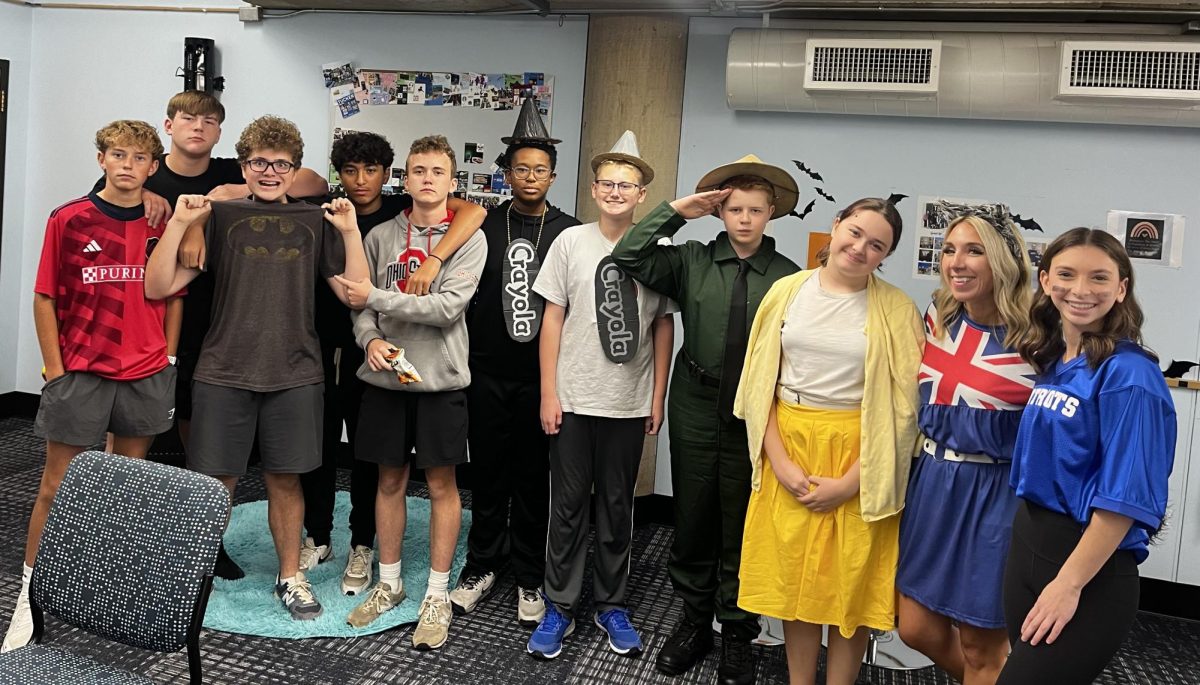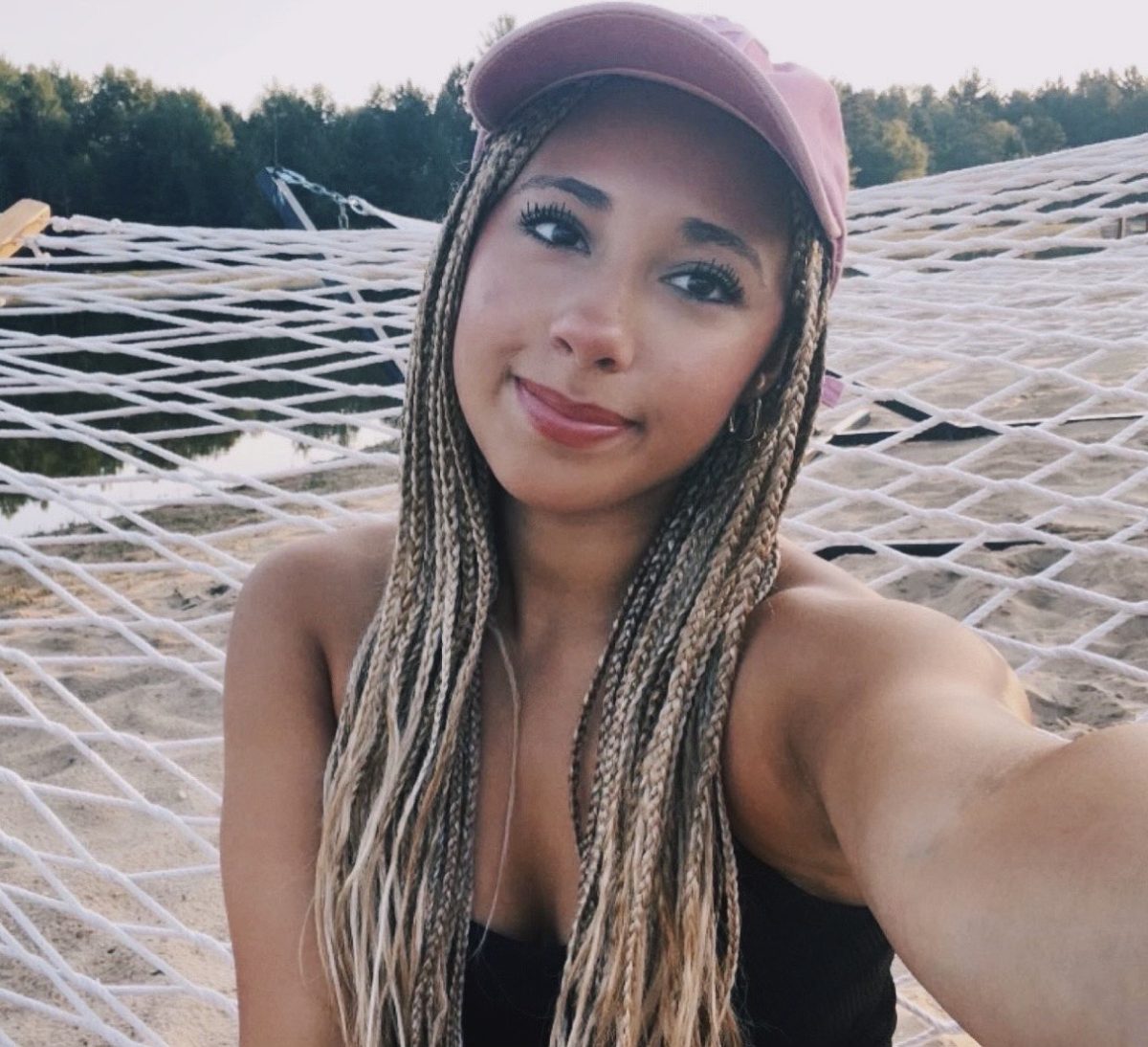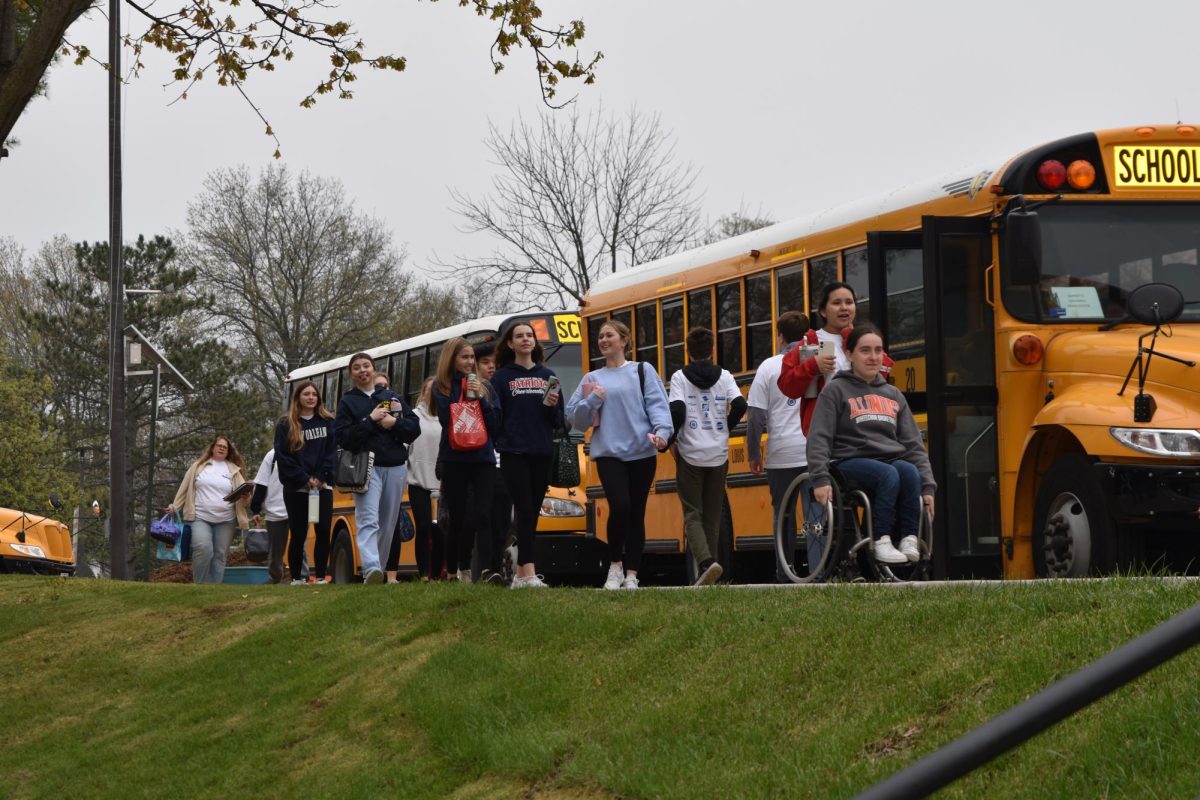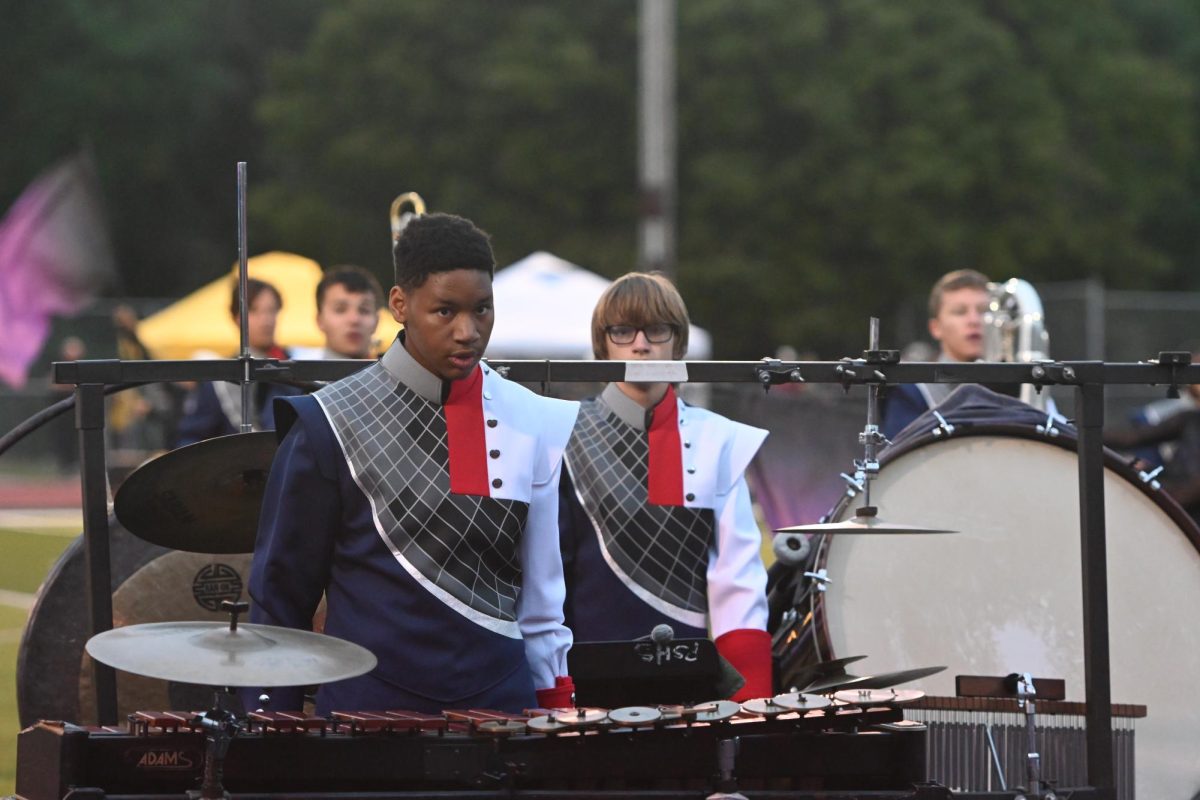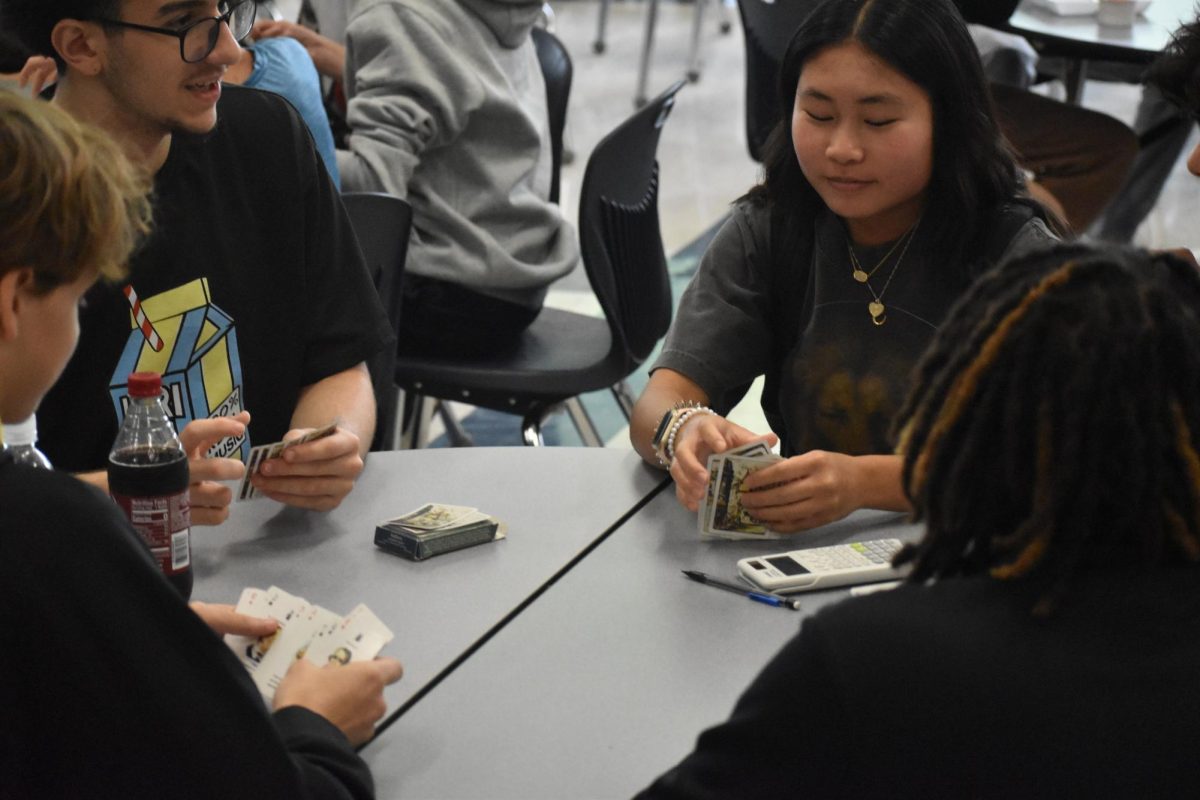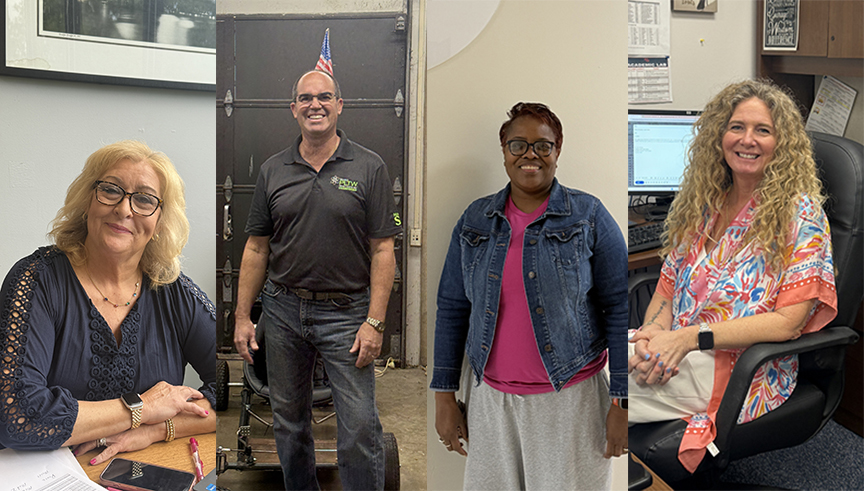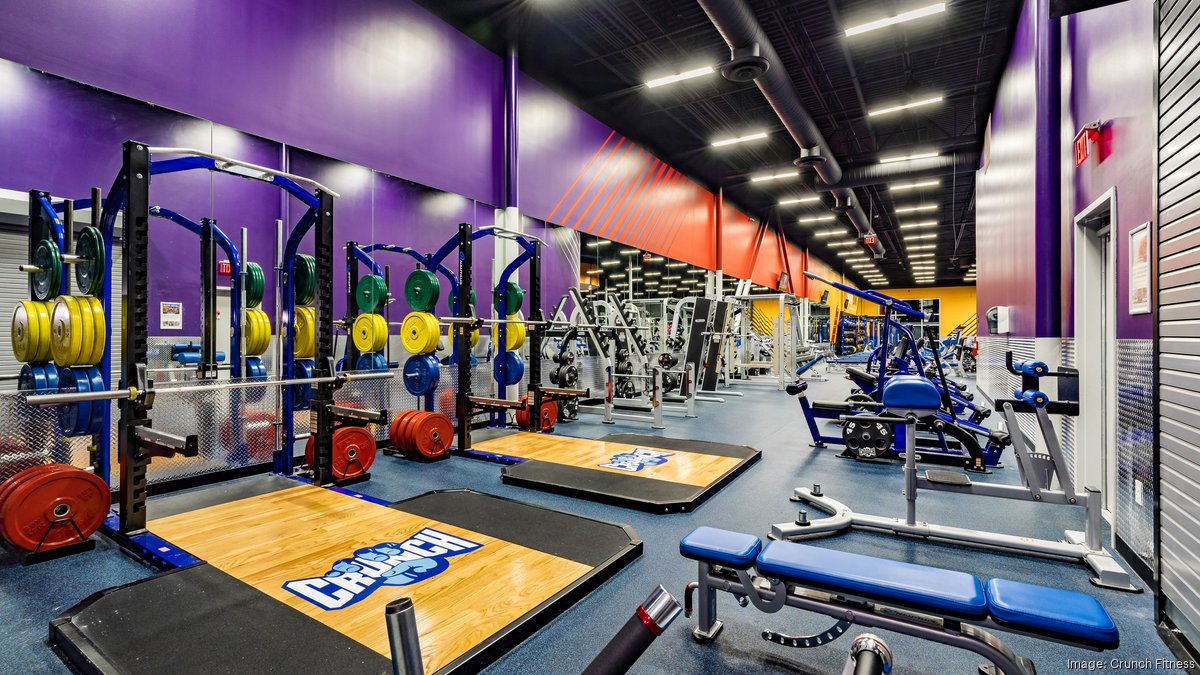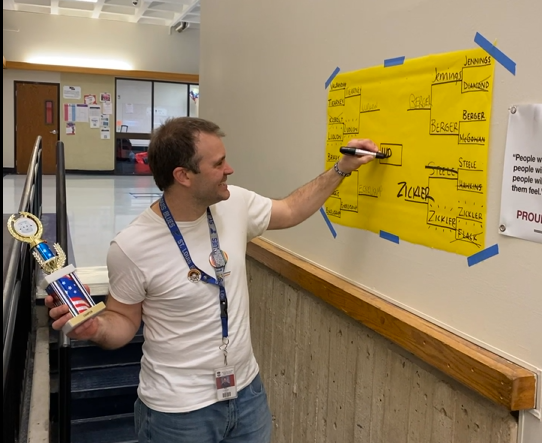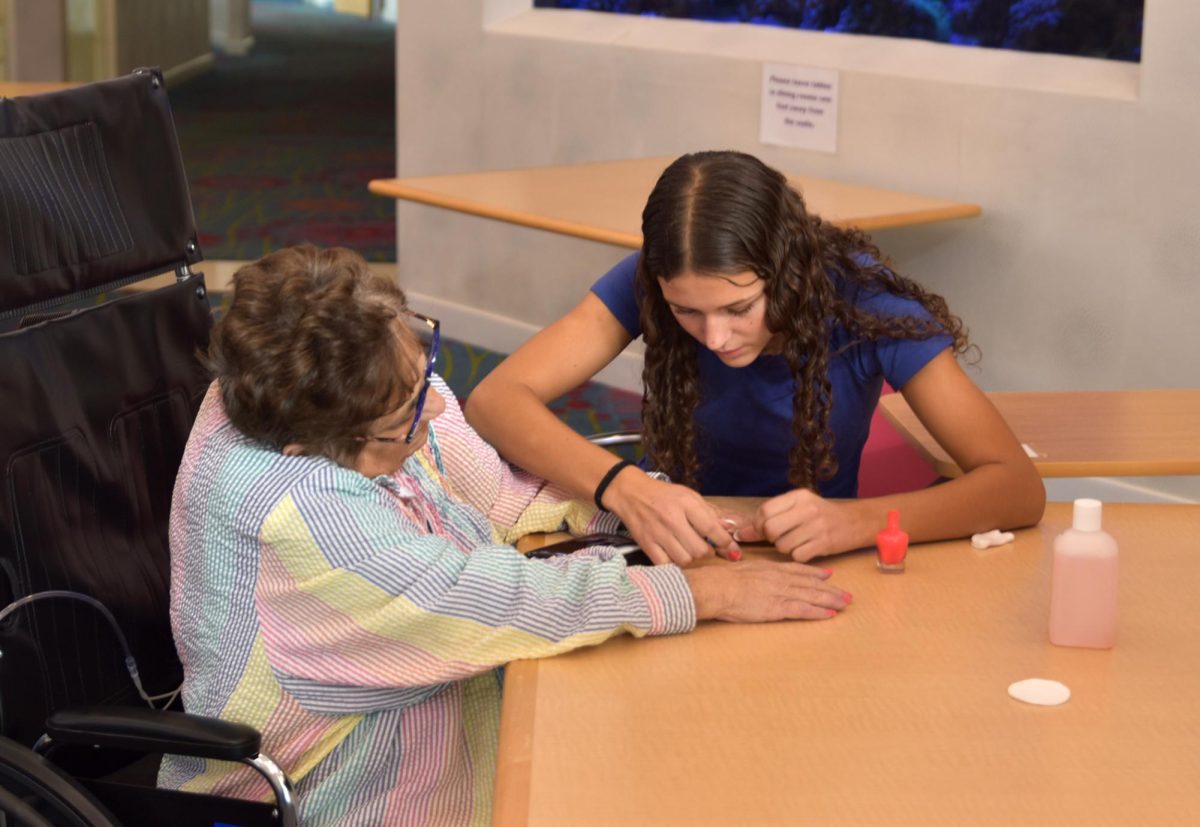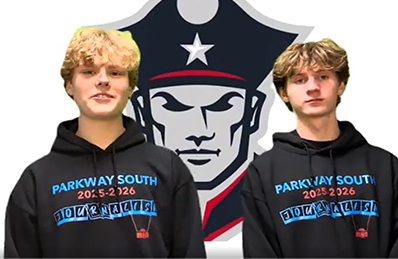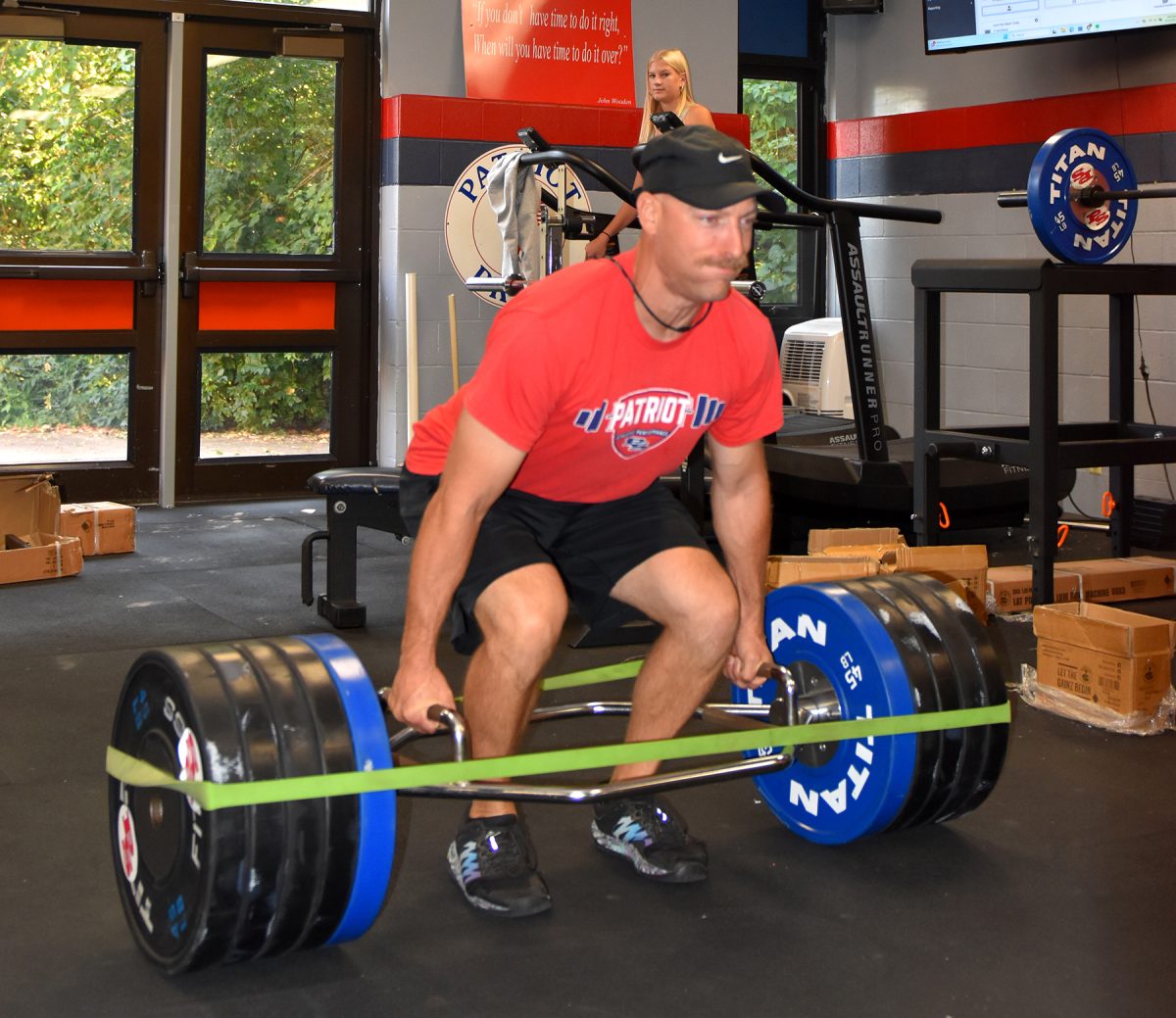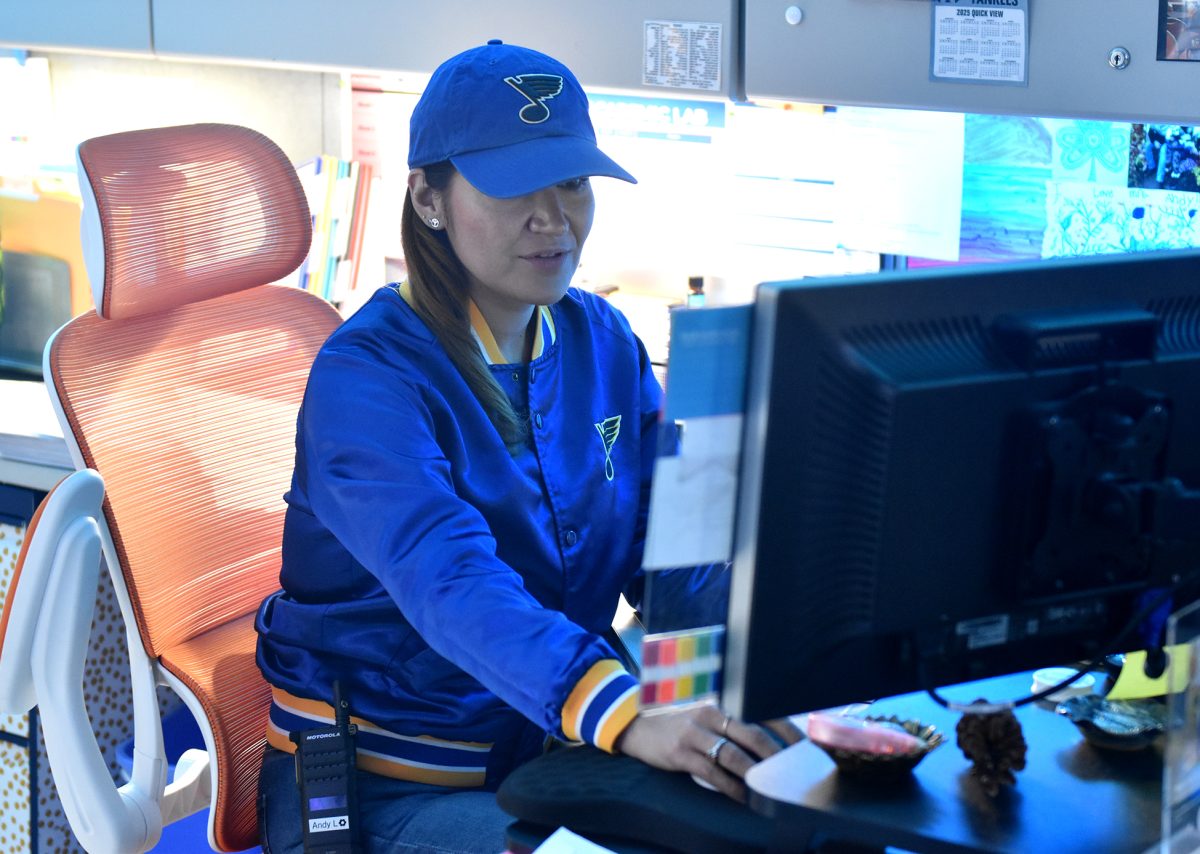For students whose first language is not English, school can be hard. South High’s English Language Learner (ELL) program helps students do well in school and feel included.
South High has the biggest ELL program in the district. According to ELL teacher Whitney Wilhelm, students at South come from at least 43 different countries and speak 35 different languages. But the school only records the first language a student speaks besides English. Wilhelm said many students speak more than two languages, so there are probably even more languages at South than are even recorded.
Wilhelm said, looking at all students in the school, Spanish is the most common second language, spoken by about 23–24% of students. For ELL students who are getting help, 36–37% speak Spanish, 24% speak Arabic, and about 10% speak Pashto–a language spoken in Afghanistan and Pakistan.
The ELL program at South officially helps 99 students, but teachers check on about 130 students. When students join Parkway, they take a test to see how well they know English. Students who score below 4.7 get help from the ELL program.
ELL teacher Cynthia Adams says students have different challenges depending on their English level.
“For beginner students, the hardest part is the language. They might understand the subject, but they don’t have the English to learn it,” Adams said. “For higher-level students, it takes longer to understand information, even if they get the ideas.”
Other students can help too. Adams suggests easy ways to support ELL students.
“Sometimes the best way to help is to guide them during tasks, help them take notes, or find materials they need,” she said.
Wilhelm says social support is just as important as school work.
“Students really want classmates to say hello and invite them to join activities,” Wilhelm said. “It can feel hard to be included if you don’t speak English well, so small gestures make a big difference.”
Both teachers said their goals for students are different for each person.
“My goal for each student is different because everyone has their own learning style and goals,” Adams said.
Wilhelm added, “I want students to improve their English, but also to feel welcome, have a voice, and know they are important at school. ELL students bring a global view that makes our school better.”
ELL help depends on a student’s English level. Some students get help in English classes, while others get help in history, math, or other subjects. Students on “Monitor” status finished the program but can still get help for up to three years. The ACCESS test, given in January and February, decides who keeps getting help.
Senior Gabriela Herrera Constantino says the program helped her feel more confident.
“My teachers explain things slowly and give examples. They help me with homework, which makes school easier,” Cosnstantino said.
She also said why learning English can be tricky.
“Sometimes there isn’t a word in my language that means the same thing. Even if I speak English well, I don’t always understand it,” she said.
Another ELL student, Bryan Mesquita, who has been in the program for a year, said the hardest part at first was the culture and how it affects language.
“Everything felt new, and that made learning English even harder,” he said. “The hardest part now is words that sound the same but mean different things, like they’re, their, and there.”
Both students said their teachers help in and out of class.
“They give me extra time, explain things step by step, and check to make sure I understand,” Mesquita said. “Even outside of class, they answer questions if I need help.”
When asked what he wished other students knew about ELL students, Mesquita said, “I wish other students would invite us to more activities. Sometimes it’s hard to join in when you don’t know the language well.”
Students also shared moments when they felt proud of their progress. Constantino remembered improving her test scores.
“I got a higher score on my ELL test. At first, the hardest part was people speaking too fast and me not understanding it,” she said.
Mesquita added, “I felt really proud when I got a 100% on a test. It showed me I could do it.”
